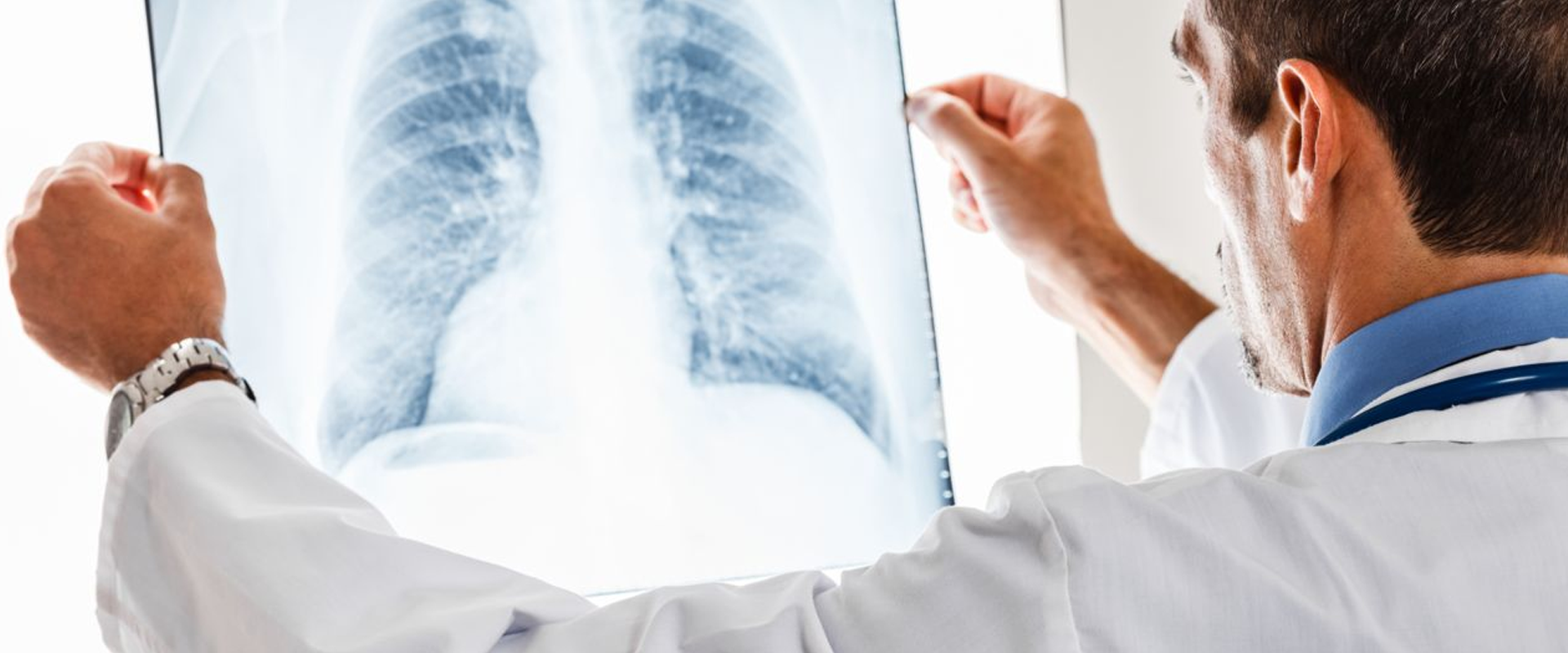Pulmonary Embolism
DVT means?
Pulmonary embolism is the sudden blockage of a major blood vessel (artery) in the lung by a blood clot usually.Pulmonary embolism is caused by blood clots that travel to the lungs from the other parts of the body (deep vein thrombosis).As the clots block blood flow to the lungs, pulmonary embolism can be life-threatening.
How is one affected?
Pulmonary embolism occurs when a clump of material,often a blood clot, gets wedged into an artery of lungs. These blood clots most commonly come from the deep veins of your legs resulting in condition known as deep vein thrombosis (DVT).Multiple clots maybe are involved but not necessarily all at once. Portions of lung served by each blocked artery are robbed of blood and may die and this condition is known as pulmonary infarction, making it more difficult for your lungs to provide oxygen to the rest of your body.Occasionally, blockages in the blood vessels are caused by substances other than blood clots, such as:
Symptoms
Symptoms of pulmonary embolism can vary greatly.It depends on how much of your lung is involved, the size of the clots, and whether you have underlying lung or heart disease.
Common signs and symptoms include:
Other signs and symptoms that can occur with pulmonary embolism include:





